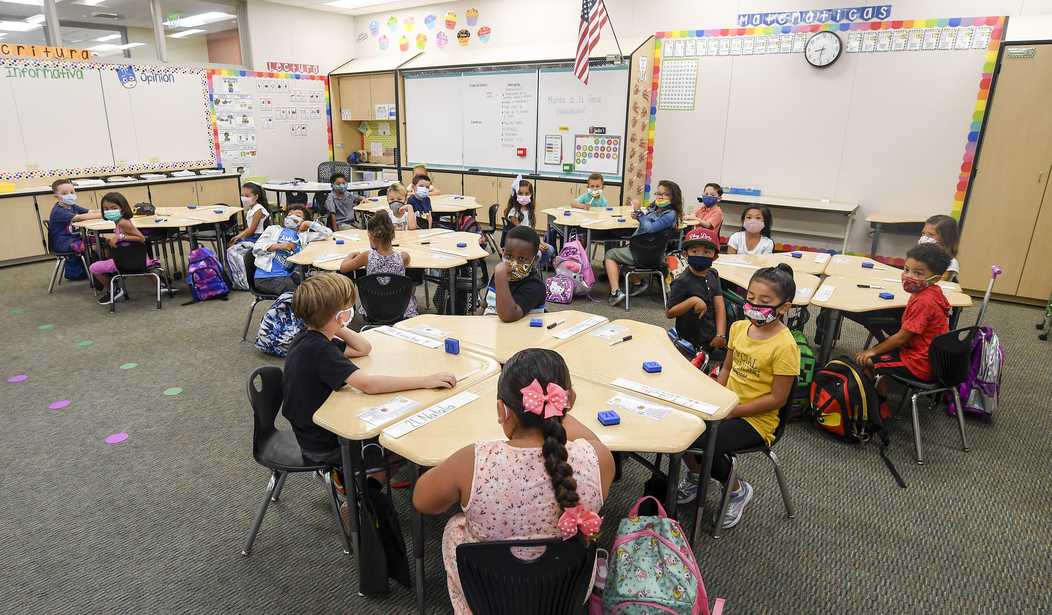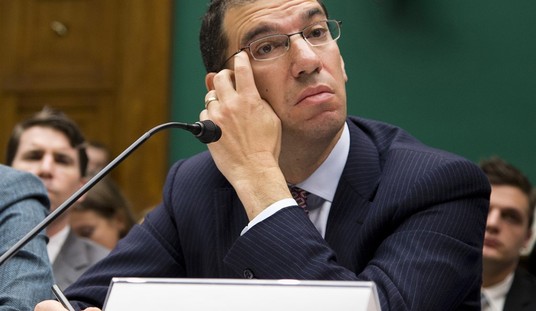At Alhambra High School in Martinez, California, west of San Francisco, things weren’t going well earlier this year. Between the pandemic and the government lockdowns, some of the teachers noticed that students were struggling more than usual. One teacher named Joshua Moreno noticed that too many students were getting failing grades of Ds and Fs. In his frustration, he declared that the point system clearly wasn’t working and it had turned into nothing more than a “points competition.” While some students were still able to complete all of their work and get As, others would fall far behind and simply give up. So Moreno decided to “fix” things so they would be more fair. He did away with grades and began evaluating students on “how much they were learning” instead. What could possibly go wrong? (LA Times)
“It was literally inequitable,” he said. “As a teacher you get frustrated because what you signed up for was for students to learn. And it just ended up being a conversation about points all the time.”
These days, the Alhambra High School English teacher has done away with points entirely. He no longer gives students homework and gives them multiple opportunities to improve essays and classwork. The goal is to base grades on what students are learning, and remove behavior, deadlines and how much work they do from the equation.
The changes Moreno embraced are part of a growing trend in which educators are moving away from traditional point-driven grading systems, aiming to close large academic gaps among racial, ethnic and economic groups.
If you read the last portion of that excerpt above, you can immediately see where this is going. The school was unhappy about the number of students receiving failing grades and the school board was quick to point out that the failing grades were a result of “institutionalized racism in schools in the aftermath of the murder of George Floyd by a police officer.”
Yes, you read that correctly. A school in the San Francisco Bay area blamed the death of an adult in an entirely different part of the country for some students being unable to complete their English homework. To their credit, they did at least note that lower grades were more prevalent among students from less affluent families, which also tended to be minorities in a large number of cases.
But those disparities existed long before George Floyd was killed and somehow students were graduating. Has the school considered the possibility that just possibly there was another cause? Perhaps locking everyone out of the schools and forcing them to learn remotely was holding some of them back. This was noted to be particularly true in other school districts among children who lived in less computer-savvy households. Or perhaps if the teacher’s union hadn’t fought so long and hard to keep the kids out of class they might have returned to their normal study patterns and bounced back.
But no. Let’s just blame the racist grading pattern, right? But as we’ve seen time and again, when you do away with standardized grading, just as when you eliminate gifted and talented programs, you rob the more advanced students of the opportunity to show how much they excelled when applying for college.
The teacher in this story complained that some children would excel to the point where they would have enough points to assure themselves an A grade before the end of the semester and realize “they didn’t need to do more work.” Others would fall so far behind that they would “just stop trying.” That’s what led him to abandon the grading system.
Has the possibility occurred to this teacher that when successful kids “stop trying” a good teacher would find a way to motivate them to excel even further? Has he considered the possibility that the kids who are rapidly falling behind may have external factors that need to be addressed or they might need individual tutoring and find a way to make that happen? Grades have always existed for a reason. When you find students getting straight A grades, you know that they are on track. If they are getting worse grades it’s a sign that more work is required to bring them up to speed. Not giving anyone any grades is a sign that you’ve simply thrown in the towel and are just pretty much phoning it in on your job. And the ones who will pay for this, in the end, are the students.








Join the conversation as a VIP Member